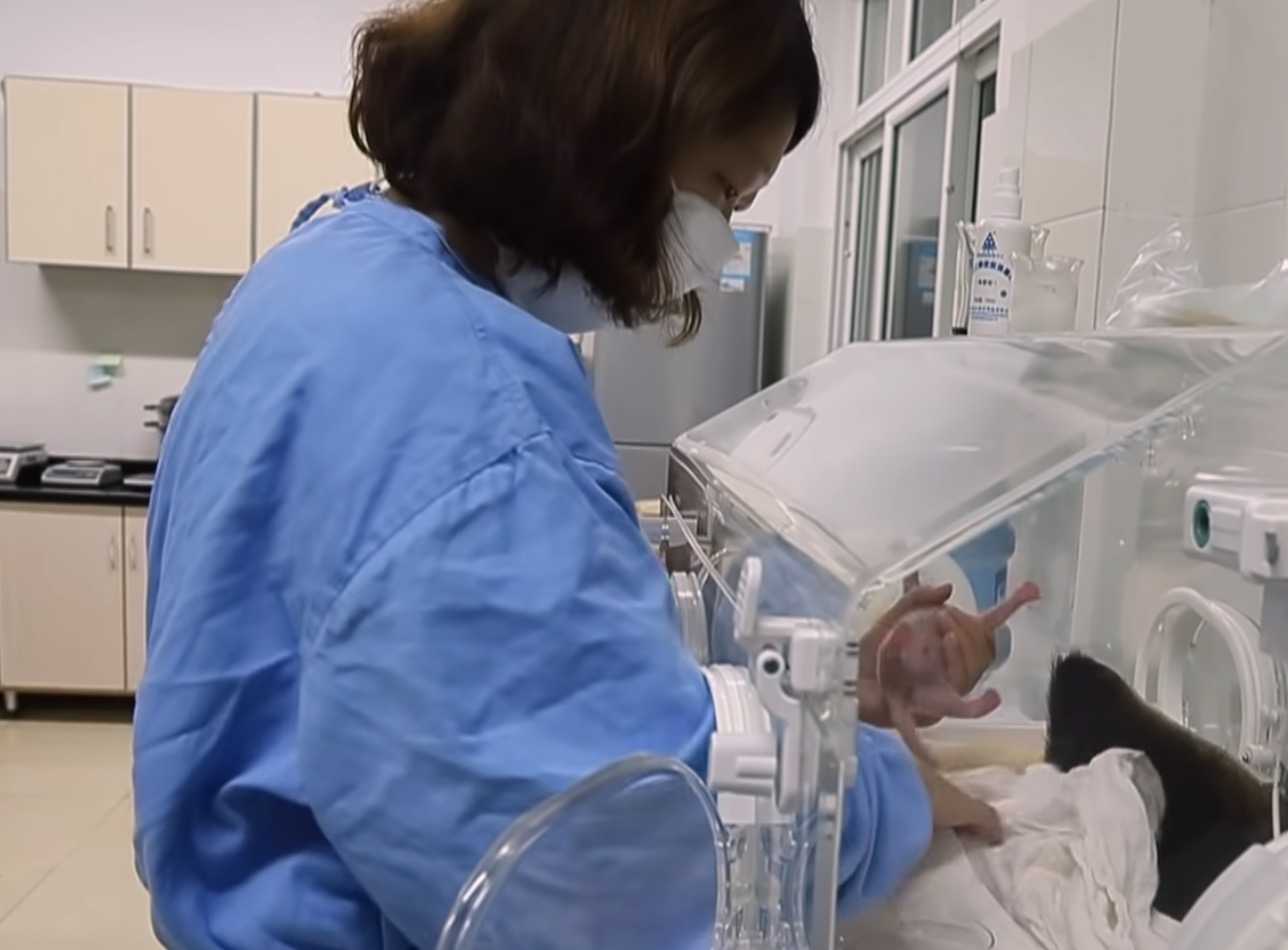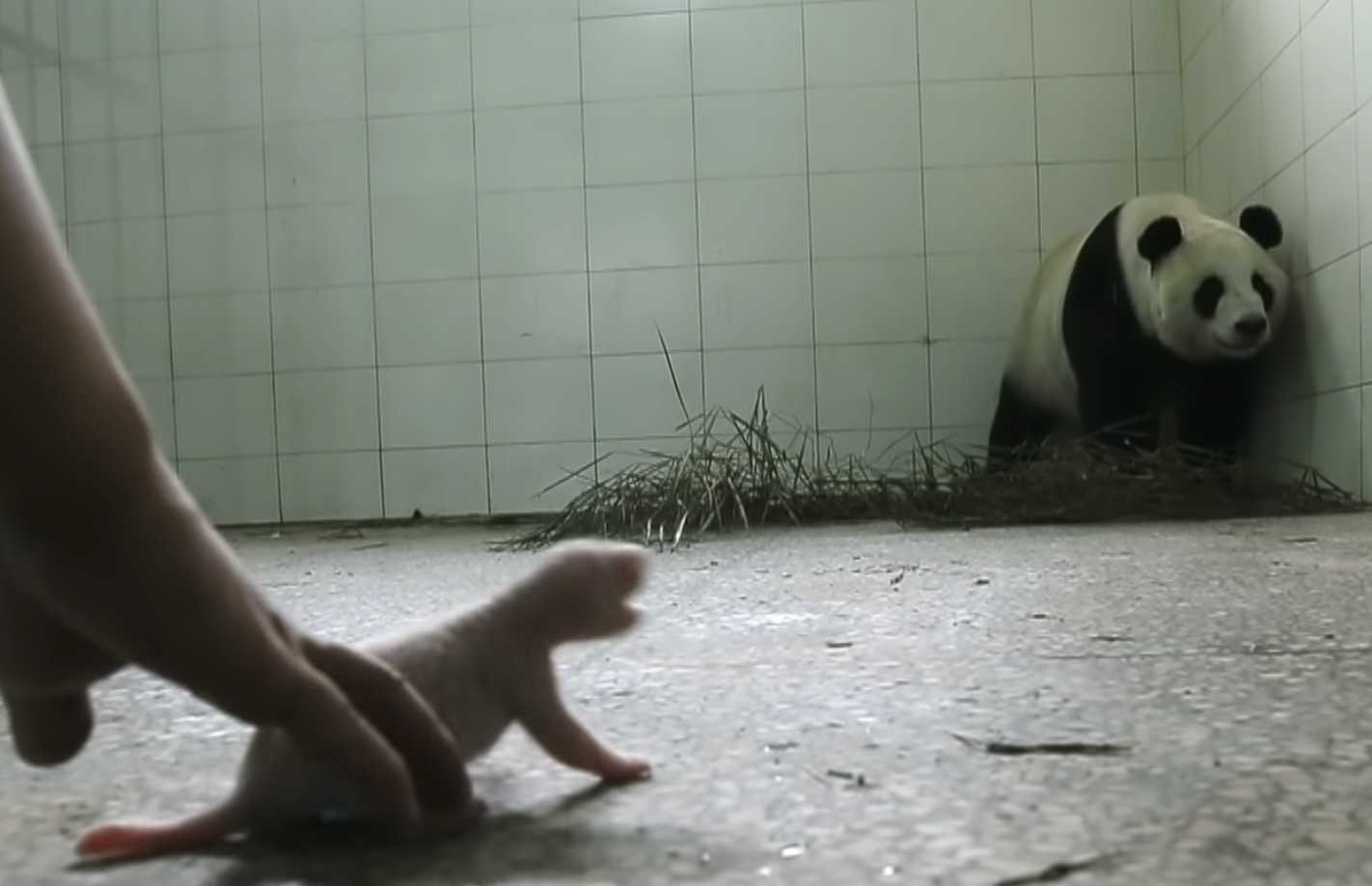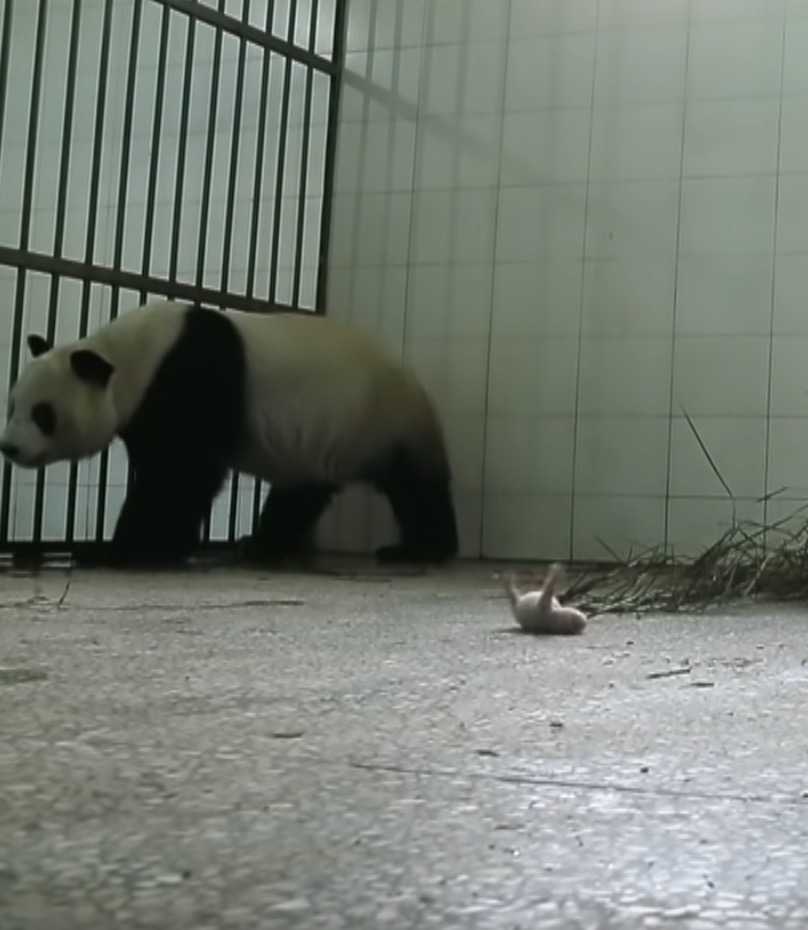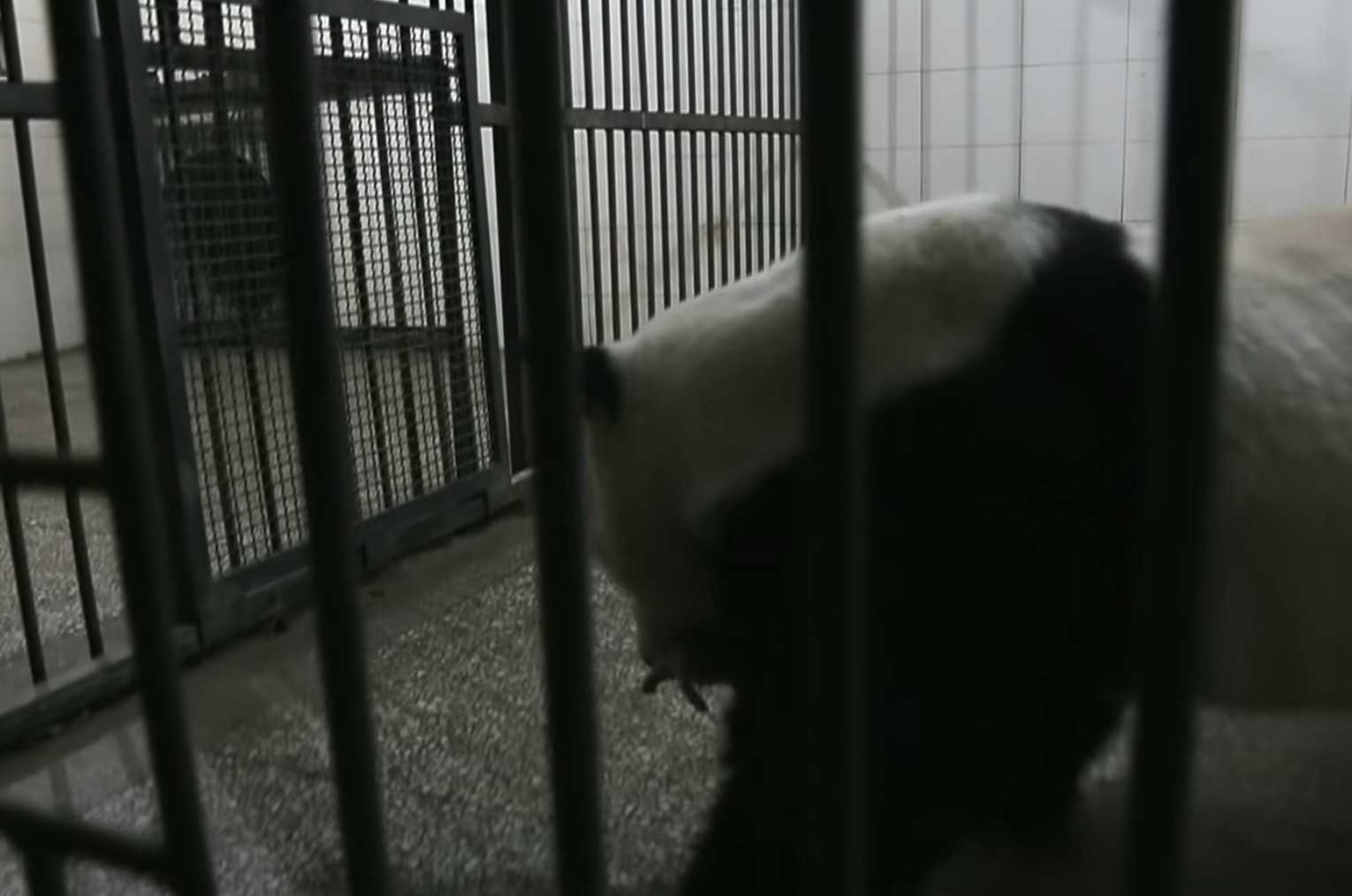Pandas are among the cutest animals on the planet. Pandas are known for their silliness and bumbling antics, which have made them a popular search category on the internet. Apart from their signature black and white coat, which is recognized all over the world, pandas are known for their silliness and bumbling antics, which have made them a popular search category on the internet, writes bbc.co.uk

They are also noted for being sedentary and sluggish in comparison to other bear species, which is part of what makes them so appealing to humans. In many ways, these fluffy, cuddly bears are a favorite.
Pandas, on the other hand, are more than meets the eye, making them fascinating creatures. Their black and white coat is a sort of camouflage, according to the World Wildlife Federation, with the white half of their body used for hiding in snow and the black half used for concealing in the shade. They also have an expanded wrist bone that acts as a thumb and helps them hold items. Their primary food source is bamboo, and they may consume for up to 16 hours at a time. Another intriguing fact is that they urinate while executing a handstand against a tree to leave their fragrance in a higher area!

In addition, panda cubs are virtually always safeguarded by their mother throughout the first month. MinMin the panda, who was born in 2016 in the Bifengxia Panda Reserve in Ya’an, China, had a long and painful birth due to her unusually large cub. MinMin’s new baby scared the handlers, so they took the risk of taking the cub away for a check-up. However, there appeared to be an issue when the cub was returned to MinMin.

Make remember to go all the way to the bottom of this page to see the entire movie
Throughout another video, MinMin can be seen struggling in her three-day labor, which is unusual for a panda.
This is not a good omen, according to the narrator, because it indicates that the baby may not be born alive after such a long labor. It’s also risky for MinMin to be in labor for such a long time. The narrator says, “To survive a three-day labor is unheard of here, and yet she is trying,” implying that MinMin overcame the odds by prolonging the childbirth process. MinMin amazingly gives birth to her adorable cub after a long and arduous labor. She takes him up and keeps him close to her.

Pandas are born with no hair and are nearly blind, necessitating constant care. According to the video, pandas have the smallest infants in relation to their mother’s size; cubs are 1/900th the size of their mother, which is about the size of a stick of butter. MinMin’s daughter is a very huge cub, which made the birth particularly tough for her, but both mother and baby survived in the end.
Officials from the zoo took the cub to observe the newborn to make sure everything was well. However, this posed an issue because MinMin may not have had enough time to bond with her new kid. The video below also suggests that because the baby would be covered in diverse scents, MinMin’s kid may be rejected.

Doctors and zoo personnel extensively evaluated the panda cub before returning her to MinMin, concluding that she was born healthy and happy. Everyone worked hard to get rid of any remnants of their scent from the infant as much as they could, but not all scents were gone. When the cub was ultimately returned to the enclosure, MinMin initially showed no interest in her new daughter.
This is a heartbreaking scene because the infant can be heard shrieking and sobbing for her mother, but no one responds or comforts her. “After everything she’s been through, there’s a good chance MinMin will reject her kid now,” the narrator says.

The cub is brought closer, but MinMin remains unresponsive. The zoo officials were concerned by this behavior, but they did not give up. MinMin may have simply needed more time to acclimate to the shift and allow her mother instincts to take over. The zoo staff tries something new: they clean out MinMin’s enclosure and make her more comfortable.
Something clicks the moment the cub is reintroduced to MinMin. She identifies the defenseless cub as her own child and pulls her up to cuddle her. This is a lovely turn of events, and the fact that the new mama has taken her baby is a comfort for everyone at the zoo. We’
re delighted to see that MinMin’s mother instincts enabled her reunite with her kid after such a difficult birthing experience.
Pandas were once considered endangered, but because to the combined efforts of reserves and regulations that helped to raise their numbers, they are now classified as “vulnerable,” which indicates there is still a lot of work to be done to save the species, according to World Wildlife Federation reports.

Half of all panda births result in twins, according to BBC Earth, although twins seldom survive in the wild because the mother nearly usually abandons a cub when she has multiples to give the strongest youngster the best chance of survival. Pandas can’t care for two cubs since they don’t have enough milk or energy.
However, because to the efforts of zoos and reserves, the chances of twins surviving have improved considerably, assisting in the global expansion of pandas. A mother who gave birth to twins was deceived into believing she only had one kid at the Chengdu Research Base of Giant Panda Breeding in China, in order to maximize the odds of both cubs surviving.
This wasn’t easy, according to BBC Earth, because the newborns had to be switched up to ten times a day to maintain the illusion of a single infant. While one infant spends a lot of time with its mother, the other is kept in an incubator and fed formula milk. This is a difficult and time-consuming task, but it has allowed the survival rate of twin cubs in captivity to potentially reach 100%.
Originally appeared on BBC!
Img CREDIT: Youtube
